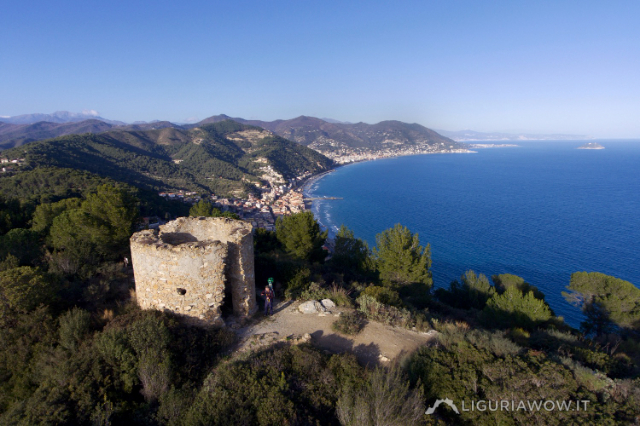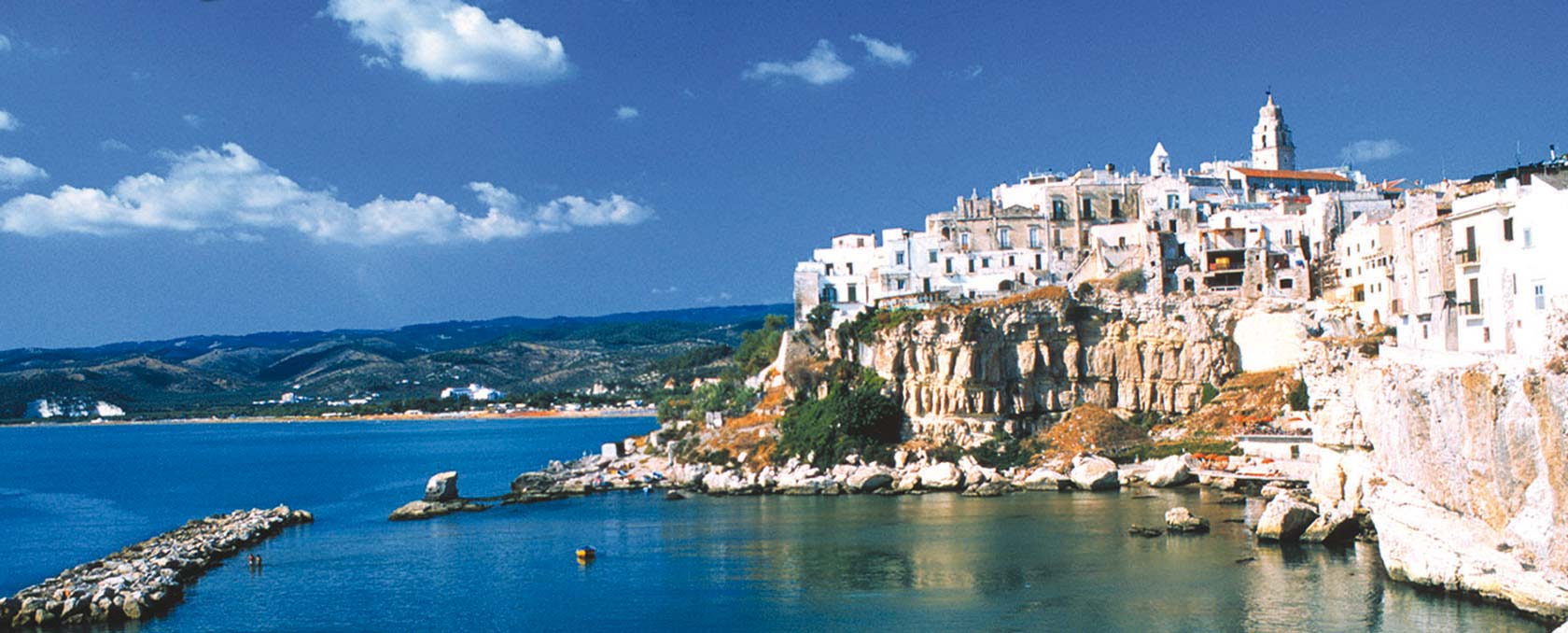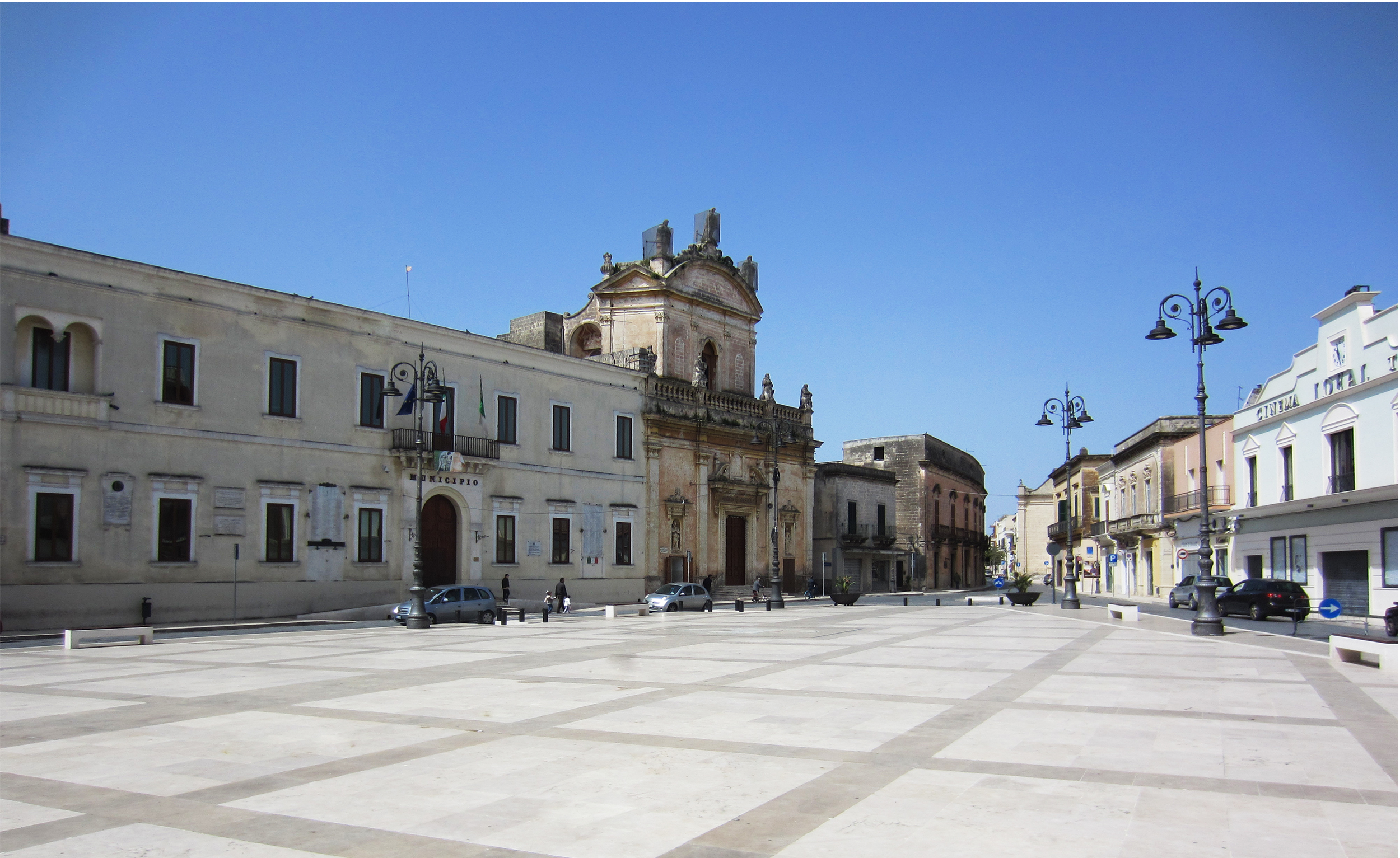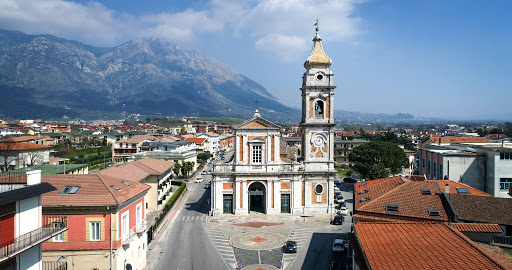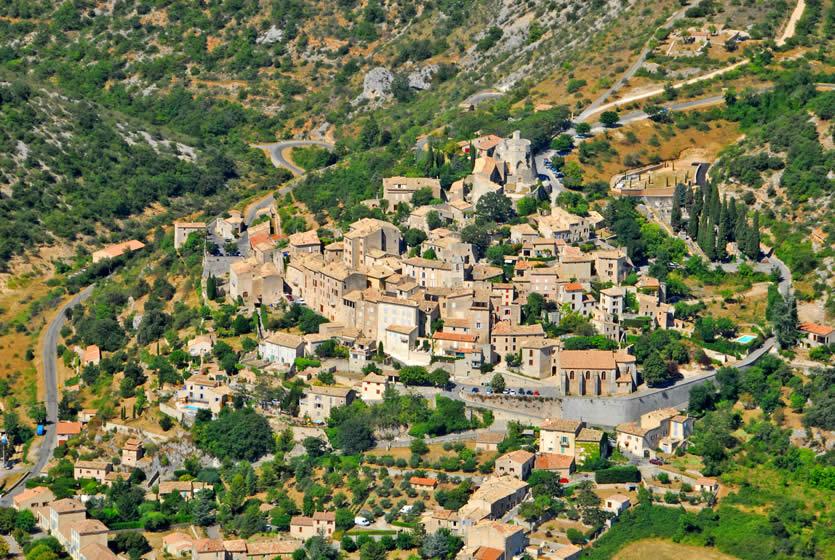<p><span style="color: #0000;"><strong>A paradise on earth</strong>:</span>that is howì <strong>Thor Heyerdahl </strong>defined <strong>Colla Micheri</strong>. If after traveling the world and braving the Pacific on the raft "Kon Tiki," the Norwegian explorer decided to move to this small Ligurian village, there must have been a reason. Today almost uninhabited, Colla Micheri è became famous in the 1950s because; Thor Heyerdahl decided to settle there. But who was Thor Heyerdahl? The Norwegian explorer and anthropologist è who went down in history for his adventurous exploits.</p>
<p>In 1947 he completed a 101-day voyage from Perù to Polynesia on a large balsa raft, the "Kon-Tiki." Its purpose was to prove the theory that Polynesia had been reached by people from the lands of the Incas, and not from Asia, as is still believed today. He built the vessel based on the skills and material availability of pre-Columbian civilizations. He relied on indigenous workers, who were experts in building ships similar to those that, in ancient times, had to sail to the ocean. He repeated the adventure in 1970, crossing the Atlantic Ocean with a papyrus boat (Ra II), from Morocco to the Antilles; with a reed raft (the Tigris) he navigated instead from Iraq to the Maldives. Colla Micheri on the other hand è a hamlet of Andora but is easily reached by a walk from Laigueglia, among olive trees and maritime pines.</p>
<p>From Via Monaco, follow an uphill road until you reach a mule track that leads to the top of the hill. Soon you will find signs: continue left and you will arrive at Colla Micheri. The peculiarity of this village è that the houses were built on the back side of the hill, to avoid raids on the coast, as they could not be detected by the Saracens landing in Laigueglia.</p>
<p>The center of Colla Micheri è gathered around a small square with a beautiful white and gray stone slab pavement. Here stands the church of San Sebastiano, with its brick-red facade. In front of the building is è a plaque telling of when Pope Pius VII stopped here in 1814 on his way back from his French exile. A hostage of Napoleon for five years, once he was freed, it is said that the faithful flocked to greet the elderly pontiff as he passed. For this reason, Colla Micheri also takes the name "The Pope’s Pass." From the square, an endless series of alleys leads to narrow lanes, as is often the case in Ligurian villages, ending in old houses, rich stone buildings, embellished on the outside with flowers and plants.</p>
